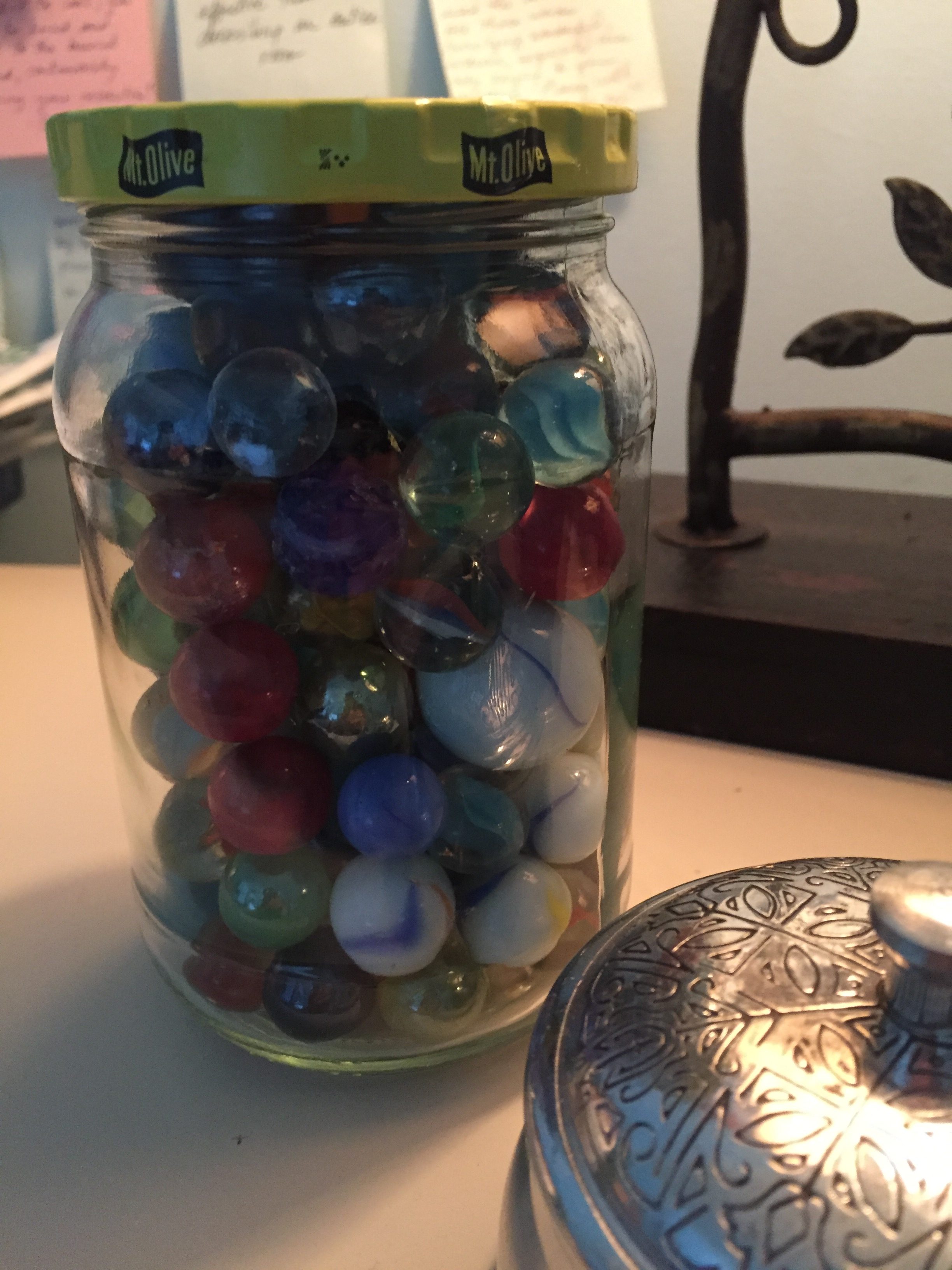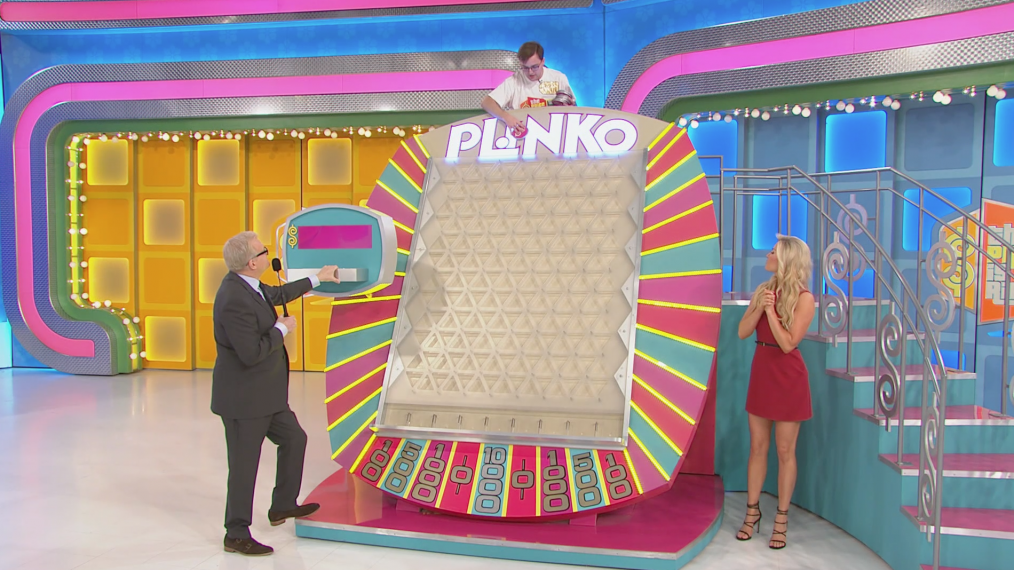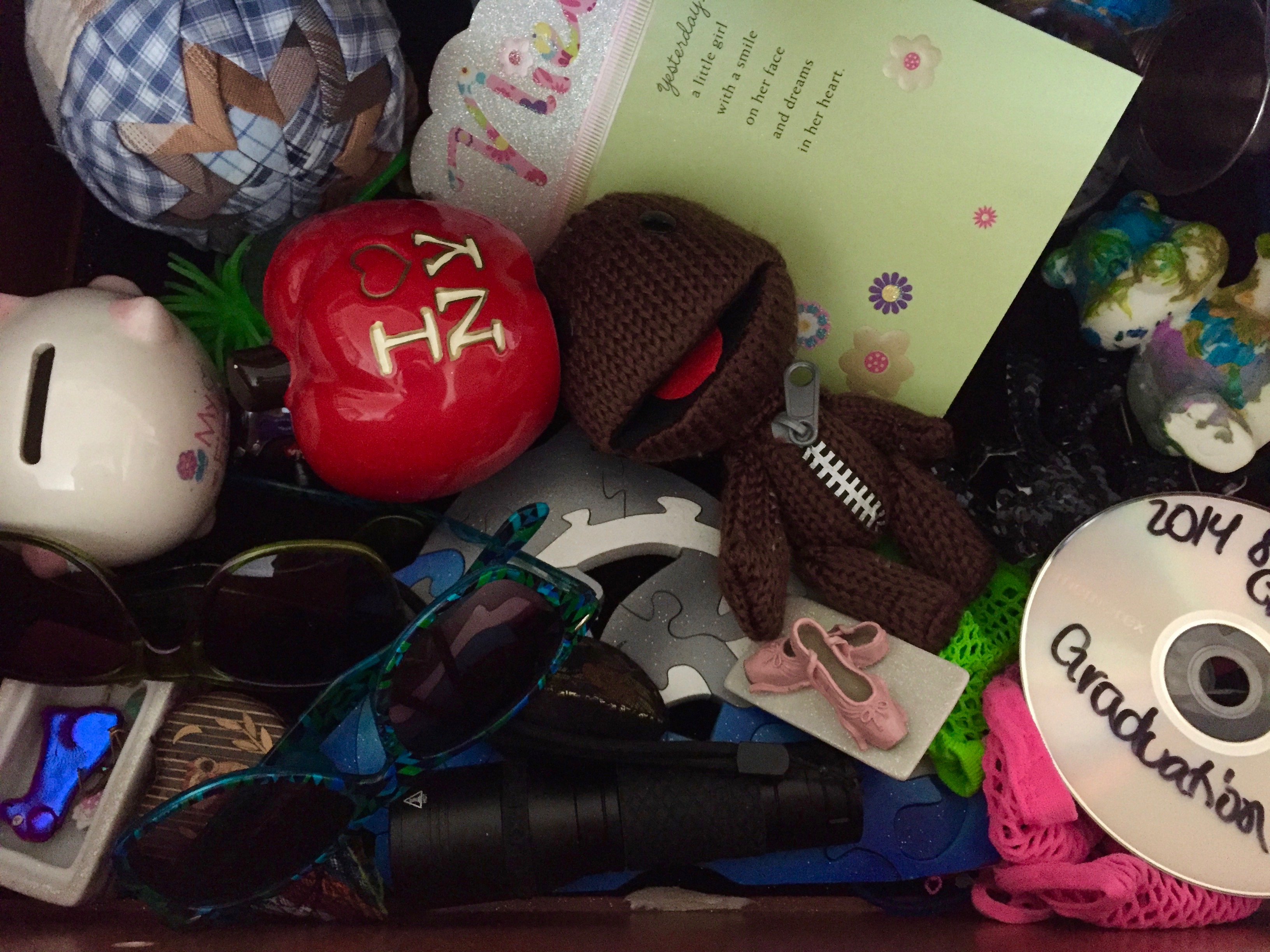It’s time to start writing your personal statement — and finally get this stress-monkey off your back. So, without further ado, let’s begin.
If you take a look at your personal statement prompt, whether on the Common Application for college or your med/graduate/law/business school application, you’ll quickly see a theme. The questions all want you to identify something: an interest, a talent, an obstacle, a problem you’ve solved or not solved, an accomplishment, a realization, a topic that engages you. Regardless of which essay prompt you choose to answer — or regardless of what essay prompt the school of your choice has designated for you — these questions all aim to zero in on the same thing: who you are.
That means three things:
- To write your essay, you will have to dive deep into yourself.
- No one is more capable or qualified to write this essay than you are.
- The whole school application process, as painful as it is, is going to give you an important gift: by the end of it, you will know yourself more.
If you already have a solid idea of how you want to proceed, and have read the eight essay topics not to write about, you can skip the rest of this post.
If you’re drawing a blank and the idea of examining yourself makes you squirm, you are not alone.
But! I have good news. You will start writing your essay by not writing. Instead, you’re going on a field trip.
HOW TO START
For this trip, your “permission slip” is a print-out of your essay prompt. Hang this in a spot where you can frequently refer to it.
Your destination? That junk drawer in your bedroom. (Sorry, I never promised far-flung.) It’s that one that your mom is always asking you to sort through. Maybe it’s in your night table. Maybe it’s the top drawer of your vanity. If you happen to not have one, I want you to go to:
- Your backpack
- Your glove box
- Your purse
- Your bulletin board
- Your desk
- The photos on your phone
- That messy shelf at the top of your closet upon which you have been known to throw things

You may not know it, but treasure lives here.
I want you to look at the stuff in these spots. You’re looking for items that come from your past. You’ve considered throwing them away — they’re not valuable, per se — but you’ve held on to them because of the memories attached to them.
Warning: If you start to feel like this is too touchy-feely or a waste of time, remind yourself of one thing: instead of exploring, you could be writing right now. But writing about what? You don’t know. So let’s keep searching. You are literally digging for your essay topic right now.
In these spots, you find things like: tickets, photos, playbills, old pairs of glasses, rocks, lucky pennies, failed craft projects involving googly eyes, erasers, broken pencils, ribbons, playing cards, St. Patty’s Day riffraff, and seashells.
These objects are, in fact, portals into what makes you, you. Lying behind each of these items is a story, a story that helped shape your life. If it hadn’t, you would have thrown these things away, right? You’ve kept them for a reason.
Examine these things. Think about what each one means in your life. Did the story that lies behind it shape you? What did you learn? What does it symbolize? Does it help define you in some way? What does it say about you?
In your search, I want you to pull out three to five of these items that most powerfully remind you of the memory you associate with them. These are now the talismans of your school application process.

“I SAW THE ANGEL IN THE MARBLE”
Let me give you an example. On my desk, I keep a collection of marbles in a Mt. Olive pickle jar. It’s been sitting there for years, and nearly every day while I’m writing, I look up at it and feel reassured.
I bought these marbles at an antique store when I was working on my first book and was doubting its direction and myself. In the book, the main character decides she has to move away and looks for a destination. She finds a job-site online and spends time looking at each posting, each of which represents a different life than the one she has now. They remind her of marbles in a bag, each marble representing its own world. The thing for her to do is just pick one.
Obviously, this jar of marbles forced me to think about what I had written — and forces me now to think of how far I’ve come in my writing since that time.
At the same time, it reminds me of the marble collection I had when I was a kid, a very small assemblage that was constantly changing because we would trade marbles at recess. The jar also reminds me of that wonderful antique store in Berea which I visited with my stepdaughter Gabrielle. And it makes me wonder about the person who collected these marbles in the first place and what their story might be.
It reminds me that I love stories; how much Gabrielle has enriched me; with what fervor (and even anxiety) I loved my little collection as a kid. It reminds me that I am still here, still writing, still working.
So yeah, there is a lot stuffed in that pickle jar.
FROM PICKLE JAR TO PERSONAL STATEMENT
Now, how would this translate into a personal statement? Look at your prompts (CONSTANTLY be rereading your prompt options to keep you anchored). Let’s say I want to write about a time I faced a challenge, setback, had a realization or accomplished something. Well, this pickle jar reminds me of all of that. Let’s say I want to write about an interest or my background. Well, this marble collection is a way to talk about my love of story and helps me think about my childhood. Again, the object is a portal into the story and, hence, into a picture of who you are.
Now, not every item you find will automatically guarantee that you will write an amazing essay. But these items will force you to look at the experiences you’ve had in your life and how they shaped you.

They will remind you of what kind of person you were then and are now. Most importantly, they will trigger you to consider what you’re made of, and how that applies to the prompts you have in front of you. Once you are in that mind frame, figuring out what you want to write about will be like the chip falling into the Plinko slot.
For how to write a first draft, click here.
For how to edit your personal statement, click here.

